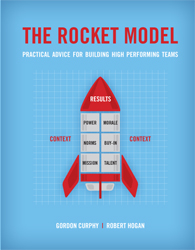 Norms are unwritten rules that guide human behavior. Examples include elevator and airport security line etiquette. Most people “know” what to do when entering an elevator full of strangers: enter the elevator, face the door, don’t make eye contact or engage in conversation, and leave quickly when reaching the desired floor. In airport security lines: take a bin; quickly fill it with shoes, jackets, laptops, liquids, etc.; put the bin and any luggage on the conveyor belt; walk through the body scanner; and then like Lucille Ball in the candy factory, reassemble everything as quickly as possible. Like all norms, those governing elevator and security line behavior are not written down but everyone is expected to abide by them. Those who don’t observe the norms are considered aberrant.
Norms are unwritten rules that guide human behavior. Examples include elevator and airport security line etiquette. Most people “know” what to do when entering an elevator full of strangers: enter the elevator, face the door, don’t make eye contact or engage in conversation, and leave quickly when reaching the desired floor. In airport security lines: take a bin; quickly fill it with shoes, jackets, laptops, liquids, etc.; put the bin and any luggage on the conveyor belt; walk through the body scanner; and then like Lucille Ball in the candy factory, reassemble everything as quickly as possible. Like all norms, those governing elevator and security line behavior are not written down but everyone is expected to abide by them. Those who don’t observe the norms are considered aberrant.
How do norms relate to building teams? Context describes what situations face the team; Mission, what the team is to accomplish; Talent, what roles team members’ play; and Norms, how the team gets things done. Norms develop as soon as a group of people gets together. Within an hour or so of first meeting, groups will develop rules for greeting and communicating, making decisions, and setting follow-up meetings. The longer a group has been together, the more entrenched its norms become. Some groups even develop their own language in the form of TLAs (three letter acronyms). Seating arrangements, pecking orders, meeting schedules and behaviors, dress codes, presentation formats and styles, decision-making processes, work hand-offs, and performance standards are all common team norms. Norms are typically obvious to outsiders but often invisible to insiders. Unfortunately a team’s “rules of the road” are usually implicit, leading newbies to annoy more seasoned team members by wearing the “wrong” clothes, sitting in the “wrong” seats, or raising “forbidden” topics.
Although they are implicit, norms potently affect team member behavior and represent a powerful lever that leaders can use to change team and group dynamics. Surprisingly, we find that Norms are often one of the lowest scoring components in the Rocket Model©, and many leaders are either oblivious to the norms that are in effect, or unaware of how to change them. It is critically important that leaders create explicit team norms that are aligned with team goals and roles.



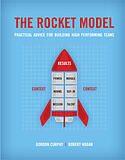
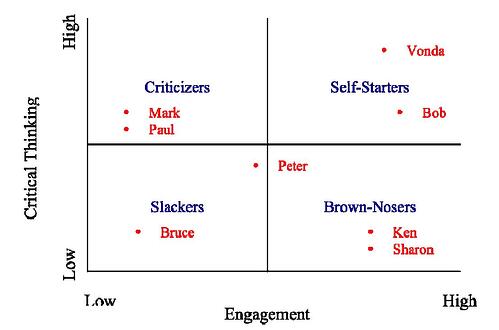
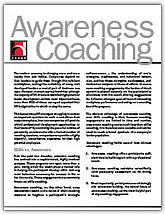 In the face of ever-shrinking budgets and less resources to devote to employee development, many companies face a similar problem: providing current and potential leadership with critical professional development opportunities.
In the face of ever-shrinking budgets and less resources to devote to employee development, many companies face a similar problem: providing current and potential leadership with critical professional development opportunities.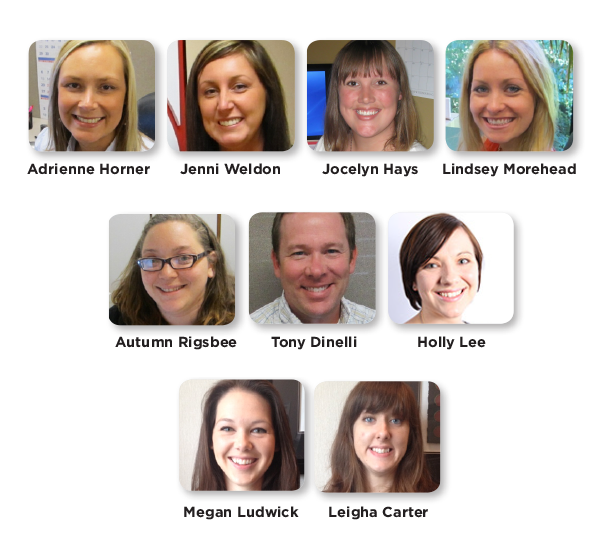
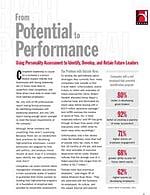 Strong leadership is a crucial ingredient for a successful company. With highly qualified people at the top, the entire organization is more likely to outperform the competition and hold on to their most talented employees. Yet, many organizations lack a tried-and-true method for identifying and developing those employees who show leadership potential.
Strong leadership is a crucial ingredient for a successful company. With highly qualified people at the top, the entire organization is more likely to outperform the competition and hold on to their most talented employees. Yet, many organizations lack a tried-and-true method for identifying and developing those employees who show leadership potential.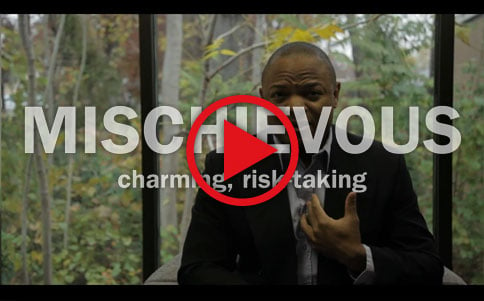
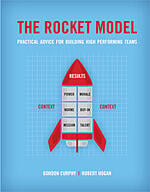 Most organizations have something called an executive or senior leadership team that typically ranges in size from 6-15 people. It consists of the CEO, COO, and functional and business unit heads. General responsibilities for top teams include setting strategy, defining organizational structure, determining key roles staffing , setting performance targets, making policy, and managing the business. Because of their unique membership and responsibilities there are some interesting observations about teams at the top that are worthy of additional discussion.
Most organizations have something called an executive or senior leadership team that typically ranges in size from 6-15 people. It consists of the CEO, COO, and functional and business unit heads. General responsibilities for top teams include setting strategy, defining organizational structure, determining key roles staffing , setting performance targets, making policy, and managing the business. Because of their unique membership and responsibilities there are some interesting observations about teams at the top that are worthy of additional discussion.